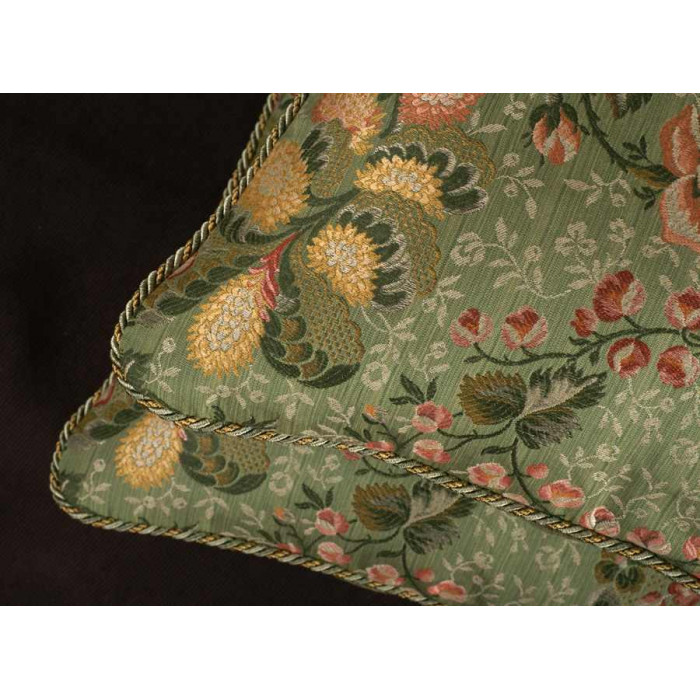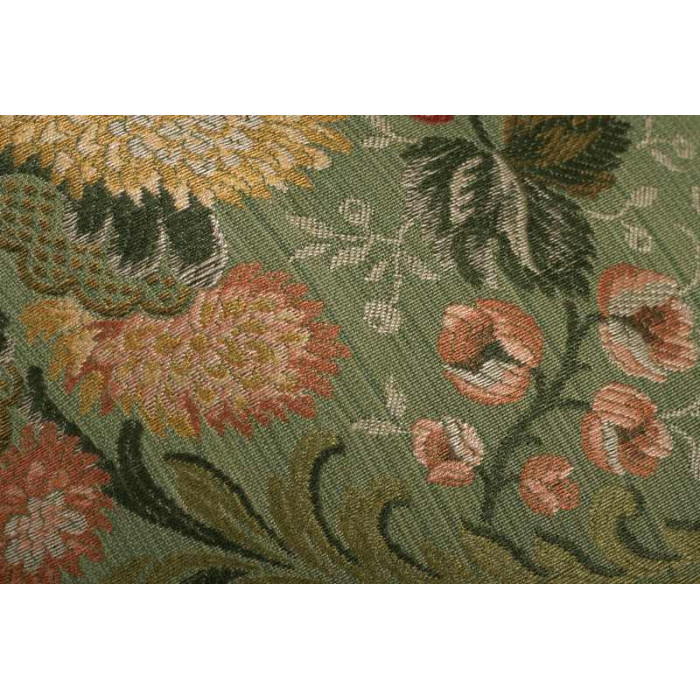
With them, the Europeans brought diseases that the Wampanoag had no immunity to, culminating in the “ Great Dying ” in 1616-1619 that resulted in a 90% mortality rate in coastal villages who were exposed to the most overseas contact. The decimation in Wampanoag population numbers began in the late 1500s that saw ships cross the Atlantic from Europe to Wampanoag shores to trade with or enslave the people.
OLD WORLD WEAVERS FULL
These tribal bands are deemed “illegitimate” by the US government due to the policy of Federal Recognition, that pits tribes against one other for standing, denying access to funding as well as full sovereign rights as tribes. However, the Wampanoag population number has been reduced to about 4,000-5,000 people in the present day, with only 5 federally recognised tribes including Mashpee, Aquinnah, Herring Pond, Assonet and Chappaquiddick as well as approximately 50 other tribal bands across the US and the world. In 17th century Massachusetts and Eastern Rhode Island, there were around 40,000 Wampanoag people occupying 67 villages, who nurtured a reciprocal relationship with the land as expert hunters, gatherers, fishers and farmers during the warmer months of the year, then moving inland to shelter for the Winter months. Photo credit: Clare Dawson (article author). The Wampanoag flag brings to mind the meaning of the Nation’s name, which in English translates to “People of the first light,” evoking the over 15,000 years that the Wampanoag have inhabited their area of the Earth, known to them as “Turtle Island.” On April 22, people of the Wampanoag Nation, including Mashpee, Aquinnah and Herring Pond tribal members and also a member of the Nipmuc Nation, gathered at the Mayflower Steps in Plymouth to be met by the city’s Lord Mayor, Sue Dann, proudly displaying their Nation’s flag, marking the beginning of a new narrative – one of truth, pride and justice.Ī moment of remarkable cultural and historical significance today.Īrriving in Plymouth UK earlier today, the people of the Wampanoag Nation displayed their flag in front of the Mayflower Steps.

In the Photo: Theatre Royal Plymouth Wampanoag Nation Takeover sign. However, back in April, after 403 years, this acutely skewed cultural and historical narrative was finally given some vital equilibrium as members of the Wampanoag Nation, descendents of the first people that the pilgrims encountered on American shores, travelled to Plymouth, UK, to lead the “Wampanoag Nation Takeover” of the Theatre Royal Plymouth. To add some of that bold, Old World Weavers flair to your space, shop the full collection online at The Inside.Certainly it is difficult for many of us to look beyond the initial associations listed when the cultural narrative embedded in our monuments, postcodes and street names – from “Drake Circus,” on “Charles Street” here in Plymouth, the UK, to “Pilgrim Hall Museum” in “Plymouth County,” “New England,” the US – is insistent on telling us a one-sided, mythologised version of the Europeans’ arrival at the Wampanoag Nation’s shores.

"We are in talks with one of our favorite American design houses to explore future collaborations, and have a few exciting category expansions on the horizon," she says-so stay tuned!


According to Lemieux, more collections and new pieces are on their way. Of course, this isn't all The Inside has to offer. Personally, I’d opt for a pair of ottomans in front of my fireplace." "It combines a floral and a botanical, and the tiger makes it conversational, so it almost checks every box-and does it so stylishly." As for how she'd use the print in her own home, she adds, "There are very few places where you couldn’t have a little bit of a Siberian Tiger accent. "It references so many things I love," she says. But there's one pattern that Lemieux personally loves: The Grisailles Siberian Tiger print. With a collection this statement-making, it's almost impossible to pick a favorite piece.


 0 kommentar(er)
0 kommentar(er)
